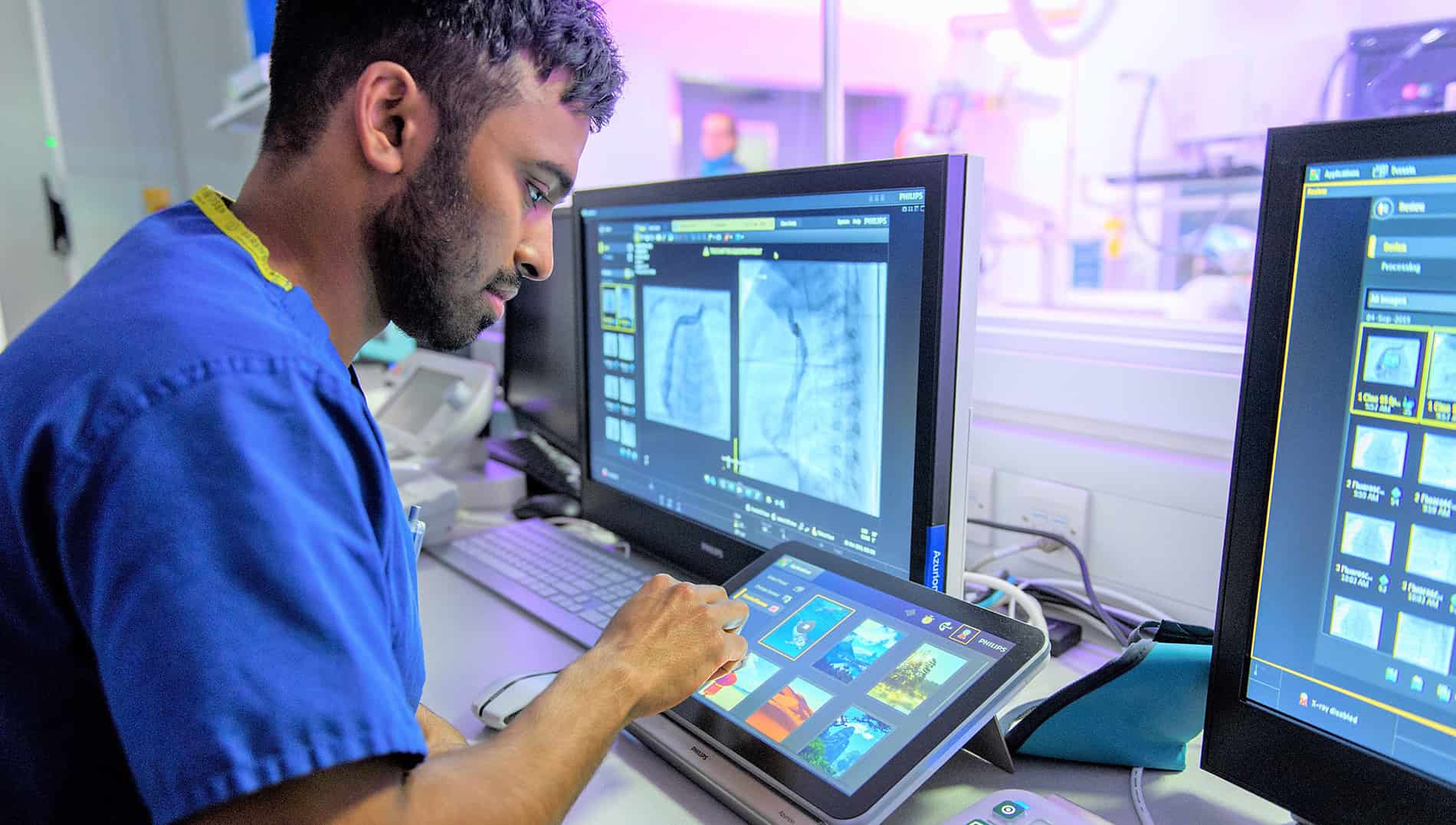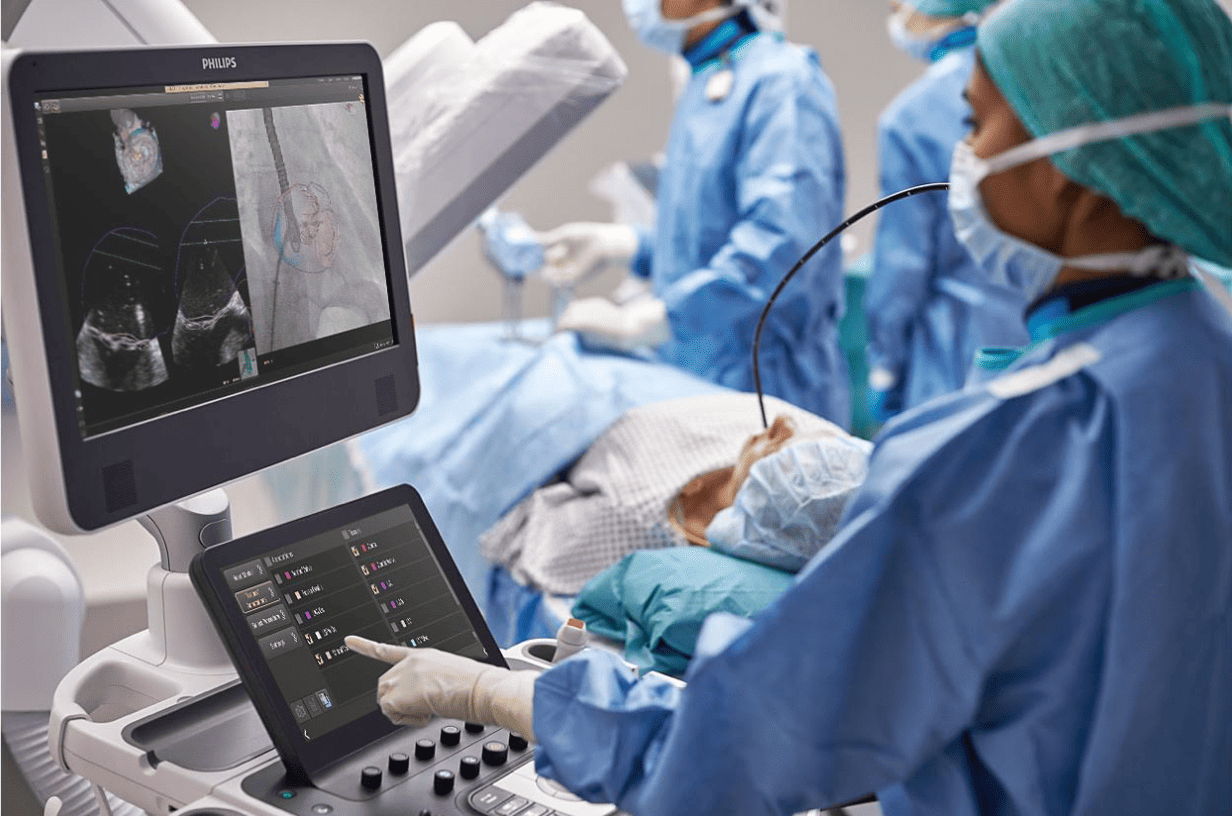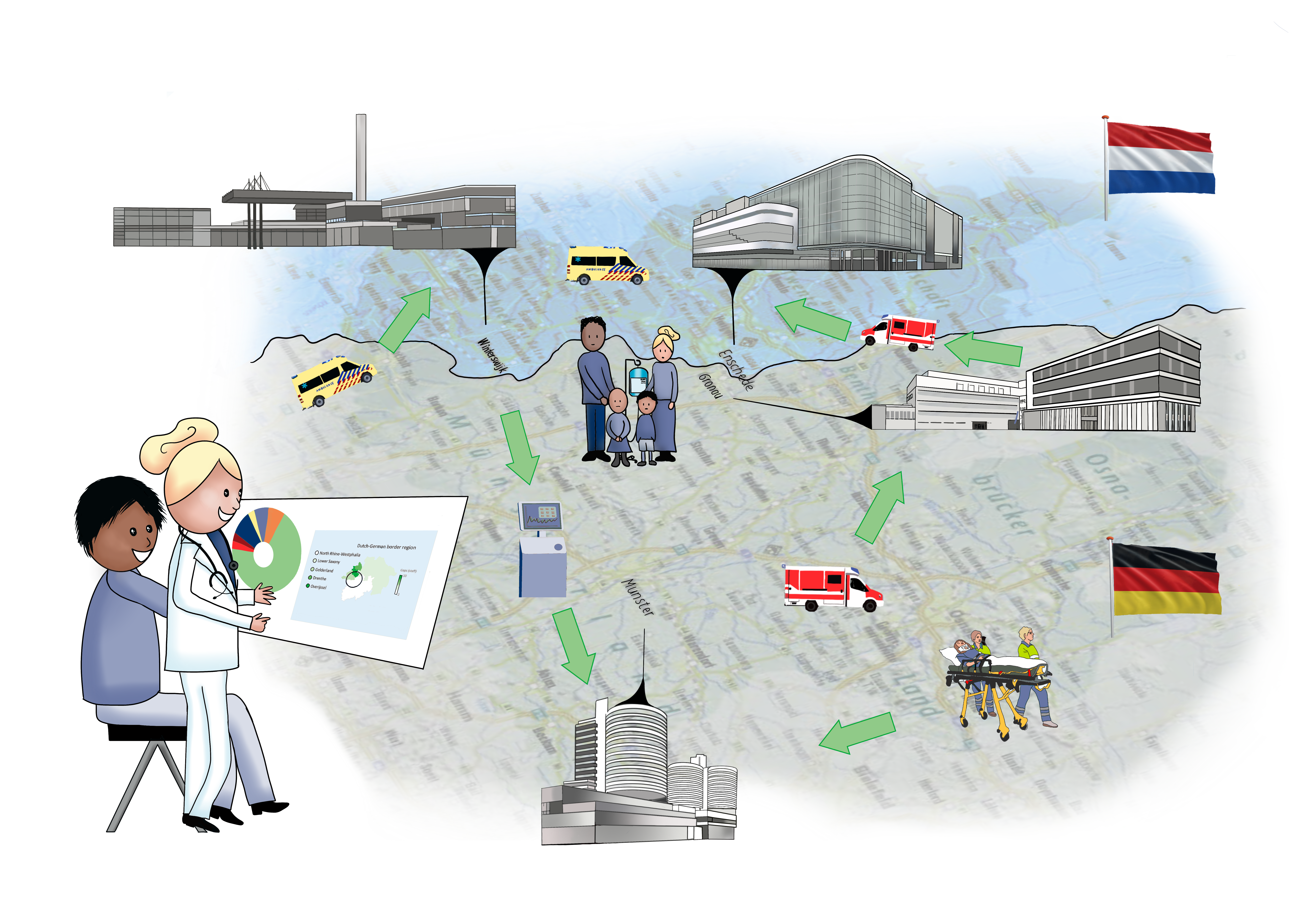
Dr. Google has achieved enormous popularity. More than half of the queries are health queries. But according to Platform24, the search engine finds the right disease only 36 percent of the time. For example, a search for “pain in the left upper arm” results in an urgent reference to a heart attack. In fact, the causes can be varied. One of the consequences is that patients are a burden on the healthcare system because they go to doctors’ offices and outpatient clinics to clarify complaints that do not require medical treatment. To what extent a health app can solve this problem remains to be seen – unless it is approved as a medical product.
Regulation for software as a medical product
Getting certification for a health app as a medical product is no easy feat. All the more so as the requirements for such certification were further tightened with the so-called MDR (Medical Device Regulation) in May 2021. This is an EU regulation that aims, among other things, at stronger regulation of software products. These are subject to even stricter guidelines, particularly regarding the requirements for technical documentation, benefit-risk assessment, clinical evaluation and post-market surveillance.
The MDR replaces the MDD (Medical Device Directive) certificate, which may only be used until the end of the transition period in 2025.



Healthcare app Platform24 (c) Platform24
Initial medical assessment
The Swedish company Platform 24‘s healthcare app recently became the first software-as-a-service solution in Europe to receive MDR Class IIa certification for digital medical history and initial medical assessment software. Consequently, the software module is not a “simple symptom checker,” as Dr. med. Carol Wildhagen, Platform24’s Managing Director for Germany, puts it. Rather, it is able to make a treatment recommendation. Patients can expect a medically validated assessment of the severity and urgency of their health complaints. On a technical level, Platform24 stands out with its automated classification of patients into a care level. Once they have been individually assigned, patients receive further care directly on the platform be it via video, chat or by booking an appointment with a doctor or hospital.

Continuous monitoring
The transition from MDD to MDR is a challenging and lengthy process for companies with high administrative overhead, Wildhagen explains. Also, evaluating the software is not a one-time process. The tool’s performance is constantly reviewed and compared to other similar and alternative solutions. This is to ensure that the solution always achieves at least the same level of accuracy as a medical history and initial assessment performed by medical professionals. “Risk management establishes as a criterion that the risks associated with each and every development activity of our product are assessed in a mathematical and evidence-based manner. Post-market surveillance continuously ensures that our medical device meets regulatory requirements,” she says.
“Risk management establishes as a criterion that the risks associated with each and every development activity of our product are assessed in a mathematical and evidence-based manner. Post-market surveillance continuously ensures that our medical device meets regulatory requirements.”
Caroll Wildhagen, MD, Germany CEO Platform24
Telemedicine infrastructure for Platform24 healthcare providers is a modular, white-label SaaS solution that provides the telemedicine infrastructure for providers, payers and other healthcare vendors. White label means that the software is integrated into existing websites or apps of these institutions and made available to patients this way free of charge.
Patients using the application start the digital medical history by describing their main complaints – guided by a search function and in their own words. Based on this, a standardized questionnaire is then generated. According to Wildhagen, there is no knowledge or communication gap between medical laypersons (patients) and experts (physicians). After all, user-friendliness is also a requirement of the MDR, which is intended to minimize health risks due to operating errors.
Comprehensible language
The digital medical history is designed in such a way that laypersons in the health app are not only guided through the questions logically, clearly, simply and step by step, but also in understandable language. Nevertheless, the wording also works for medical professionals and across all age groups. In Sweden, the average age of users is around 60, says Wildhagen.
After a digital medical history is compiled, patients receive an initial medical assessment. Depending on the treatment recommendation and urgency, they can then book appointments themselves in the system or make use of a video consultation. Since the software is built in modules, this is technically possible. The physicians and medical assistants who provide the remote treatment or remote consultation are either provided by the institutions using the software or through partnerships with third-party providers.
Digitalization is a key lever in the necessary transformation of the healthcare system, Wildhagen said. Germany is also experiencing an increasingly tight cost and staffing situation, and if there is to be enough time and money for the personal physician treatments that are really needed, this requires a change in thinking, she said.
Administrative cost savings
In Sweden, the software has been on the market since 2017 and is integrated into regional healthcare and IT systems. As a result, patients’ needs can be matched directly with the currently available range of care providers. Many patients rely on it. The platform records 450,000 interactions per month. Figures from Sweden show that 20 percent of patients do not even need medical advice or interaction after going through their digital medical history. A further 30 to 40 percent can subsequently receive fully digital care. In terms of administrative time, healthcare professionals save four to eight minutes per patient. As a result, an average of 20 percent more patients can be cared for by one healthcare professional.
Legal responsibility
Platform24 assumes legal responsibility only in the context of MDR certification, which is intended to ensure that the logic of the software functions safely and fully at all times. The medical content is detached from this, he says, because it can be customized by the institutions. Wildhagen: “You can describe it more vividly with the following picture: As a provider, we manufacture a syringe and ensure its safe functioning. Our customers fill this syringe with an active ingredient as needed and are responsible for it.”
DSGVO-compliant and free of U.S. third-party software
It is particularly important to protect data in the healthcare sector. Platform24 is therefore DSGVO-compliant and free of U.S. third-party software, as this is not subject to the DSGVO. In addition, the platform is hosted exclusively in Europe, currently in Sweden and soon in Germany.
As the platform is made available to patients exclusively via medical professionals or the corresponding healthcare facilities, data access and data processing are automatically subject to medical confidentiality.







